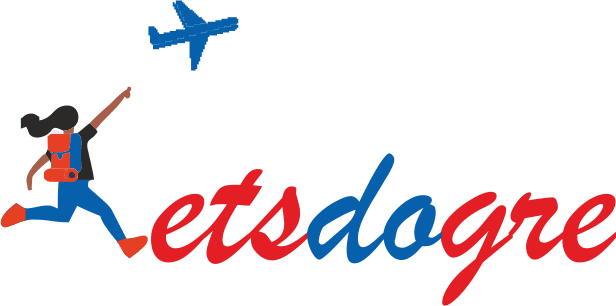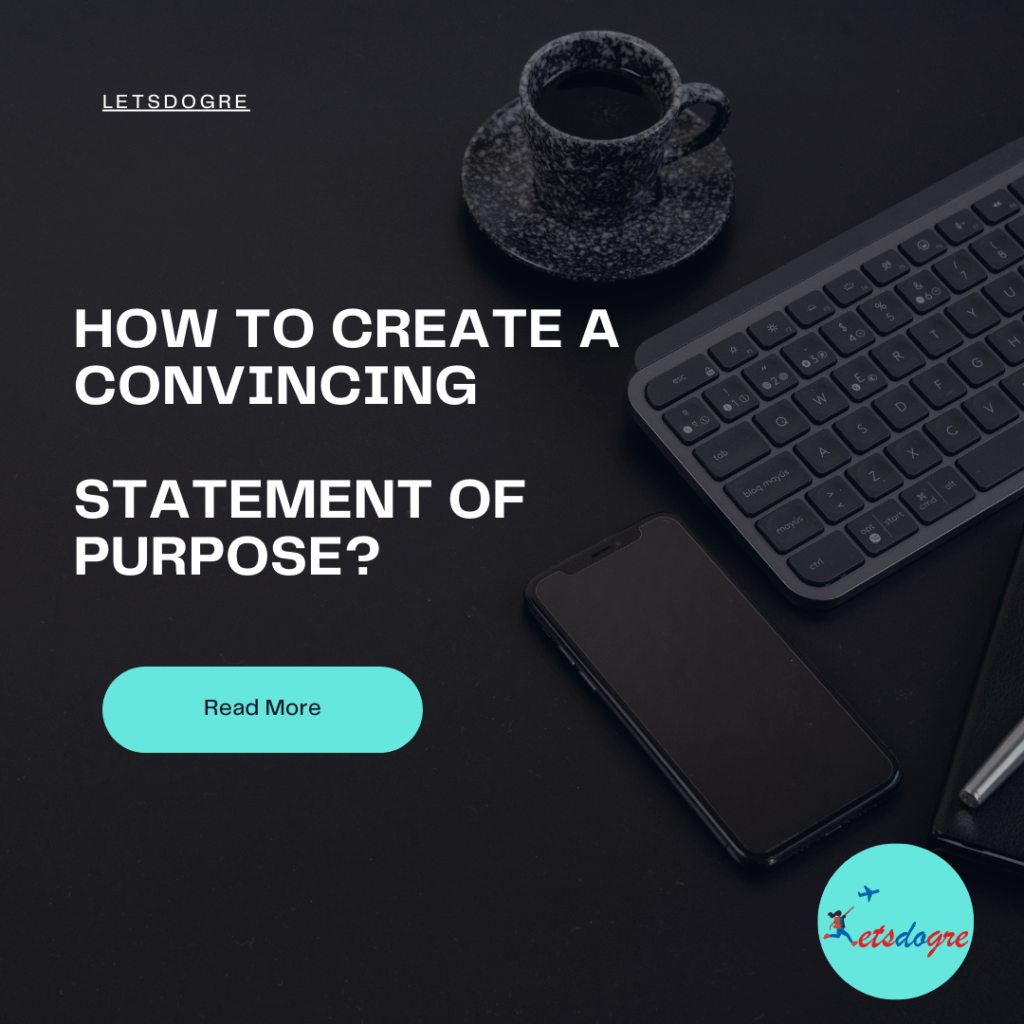
- September 27, 2022
- 10:14 am
-
Views: 1,068
What is Teaching Statement
A teaching statement is initiated by the institute or university for the faculty position and is part of the application process. It comprises the applicant’s prior teaching experience and beliefs & practices. A teaching statement is helpful for the faculty evaluation committee to effectively comprehend the teaching methodologies, long-term vision, potential courses, and interests of the applicant. In addition, the teaching statement precisely portrays the author as a teacher, eliminating any generic philosophical declaration about teaching.
What's the purpose of a Teaching Statement?
A teaching Statement is one of the crucial parts of the hiring process and is used for personal, pedagogical, and professional purposes. The teaching statement effectively and apparently conceptualizes his or her visions, goals, actions, and prior experiences of teaching and learning. Reviewing and revising teaching statements can help faculty to reflect on candidate growth, dedication, potential, and values they hold.

What are all things included in Teaching Statement?
A teaching Statement includes the following:
- Your interpretation of how learning appears.
- A description of how your way of teaching can elevate student knowledge.
- What are your goals for the students?
- A description of why you teach the way you do.
- Your awareness and interest in new activities, techniques, and types of learning.
- What are the different ways you follow to create an inclusive learning environment?
- What, for you, establish evidence of student learning.
Guide to writing an effective Teaching Statement that makes You Stand Out
1. Remember to write a Teaching Statement
If you were asked to write a teaching statement, then remember you have to focus and write the one. Strangely, some candidates show negligence and give it cursory approve. However, if the committee is expecting a teaching statement from the aspirants, then it must be curated in the same manner. A teaching statement presents how you anticipate what will be one of the most paramount aspects of your position. Even if you didn’t explore the field, you have been taught, so you’re capable to grant what worked and what didn’t for you, and conclusions from your own experiences. This statement will also be helpful during the interview and serve and develop clear ideas about teaching.
- Write Original by Yourself
If the candidate tries to submit a flowery teaching statement that has no integration with the current or prior experience, it will end up false. Moreover, if your teaching statement appears different from the writing style of documents in the application, then the review committee surely notices, this may affect them negatively about you. Create statements not to impress, try to reflect some serious statements, no matter how impressive your research plans or accomplishments are, if you write falsely or ill-thought statements, you’ll never reach to interview.
So, always try to be authentic in your teaching statements.
- Be focused and short
The search committee is inclined in reading hundreds of teaching statements. In addition, they won’t be looking for fascinating and long epistemological frameworks on why you’re so much concerned about students, even if you have never taken teaching seriously before. Therefore, always try to express succinctly in your teaching statement.
- Be Honest in your Statement
If you don’t carry a particular teaching experience, then don’t say it. The committee can easily notice your lie and your statement won’t be carried further. Always be honest, precise, and write what you do or believe. It seems to ring hollow if you follow a teaching strategy that you’ve never used or followed.
- Try to be concise
Make sure to complete your statement within 1 or 2 pages. Extending the words might make the committee lose interest. Just try to be on topic and concise
6. Provide evidence of your expertise
Providing evidence of your learning have a different impact on the committee, so always try to show more rather than telling, as without it your story is meaningless. Even if you carry minimal experience, try to incorporate teaching training that you’ve done or the plans which reflect that you’ve thought of the issue even if you haven’t implemented them yet.
Below are a few of the samples of the Teaching Statement
History Sample 1
Teaching is exhilarating. I never feel more energized than after a class that has gone well. I remember feeling that way the first day I taught a seminar. The course was on Nationalism in American Politics and Culture, and we began by listening to Nuestra Himna, a controversial Spanish-language version of the national anthem, and to Toby Keiths Courtesy of the Red, White, and Blue, with its chorus of Well put a boot in your ass, its the American way. We looked at various images of Americana, from the Statue of Liberty to paintings of westward expansion. Some students were talking, but others remained quiet. I was getting worried that I was losing them, so I turned off the projector and said, Okay then, everyone think for a second. Given what weve seen, what is the difference between Nationalism and Patriotism? Lets make a chart. Suddenly, conversation took off. Hands shot up. Answers flew around the room. Students responded to each other. I furiously wrote their ideas in a T-chart on the board. The question I had asked wasnt necessarily the best question, but it was the one they ran with. By the end of class each student was fully engaged. I had to work really hard to get them there. To keep discussion going, I had to move from song to image to text, searching for the right question. I felt like a prize fighter, bobbing and weaving, looking for the right combination. I was glad that I had prepared not only a Plan A, but also Plan B, C, and D. I had worked hard, it felt great, and I left class on a high for the rest of the day. As a history teacher, I want my students to make connections. On one hand, I want them to develop and articulate a clear and coherent historical narrative: to make connections between events and people and institutions, to understand the forces of cause-and-effect and change-over- time. Sometimes the simplest teaching techniques can work the best. I use charts and diagrams and other visual representations to show relationships. My students routinely mention that the timelines we produce in class are their most valuable learning tools, especially the five-layer dip, where we construct a timeline with different categories layered on each other in different colors: for example, a twentieth-century Civil Rights timeline that places Presidential, Congressional, Supreme Court, African-American, and White Southern actions in conversation with each other. The visual impact of seeing how these events relate is powerful, and students learn that chronology is importantand complicated. At the same time, I want my students to develop a sense of historical empathy: to make connections with their subjects, to understand that history is not just the study of what 1 happened but also the study of how it happened and of how people understood, explained, and lived with what happened. Sometimes I help my students do this through role-playing exercises. One of the most effective discussion sections I led was for a Civil War class, when I split my students into pairs, gave each pair a character such as Spotswood Rice, African-American Union soldier or Godfrey Bainbridge, white southern planter, and asked the question What was at stake for you in Reconstruction? and then Who might have been your ally? And at all times, I supplement secondary source readings with a steady stream of primary source material. I push my students to question these sources, to look past the words to the people who produced them, to look beyond the images to the context around them. Primary sources always trigger students deeper understanding of the forces of history. If I can help my students put themselves in the place of their subjects, I am one step closer to succeeding.
Psychology Sample 2
As a teacher I strive to engage, challenge, and inspire growth in my students. It is my belief that every student is capable of tasting the passion that I feel for psychology by becoming collaborators in the exploration of psychological theory, research, and practice. To engage my students in the study of psychology, I begin by crafting stories that draw them into the thick of the learning experience. Be- hind every statistical technique, clinical intervention, and theoretical argument is a vivid anecdote, and I believe that it is my job, in part , to share these tales with my students. I prefer to teach through demonstrations: by conducting mini-experiments and analyzing data in the classroom, by participating in small group debates and role-plays, by observing and chronicling behaviors from the real world, and by discussing clinical case studies . I aim to immerse my students in the topics that I love. I believe that psychology, like a foreign language, is best learned by immersion immersion in the context that led the researcher, teacher, or clinician to ask her question about the human mind. To challenge and be challenged by my students is my second goal. I begin with the belief that every student possesses unique capabilities that can be shared with others if given the appropriate sup- ports. I challenge my students to share opinions with and to mentor one another. I encourage brain- storming sessions, group projects, and group presentations. It is my hope that students leave my classroom knowing what it means to be a collaborator. I also expect to be challenged by my students expectation I hope to communicate to the class early on. I encourage my students to ask questions, and I am straightforward about not having all of the answers. When I become stuck I seek the input of my colleagues, my books, and the endless array of resources that can be found on the Internet. When I next return to the classroom, I share not only the answer that I’ve found, but also the process I went through to discover it. Above all else, I challenge my students to understand that I am open to their thoughts, eager to hear their opinions, and thrilled to learn with and through them. Finally, I attempt to inspire growth in my students by giving them tools to take into other disciplines and into other domains of their life. Among these tools are a sense of curiosity, open-mindedness, and a thirst for knowledge. I would like my students to observe and begin to question the purpose and meaning of human thought, behavior, and emotions. After becoming skilled observers, I would like my students to use their tools to ask a few good questions, to creatively design a way of answering these questions, and to openly share their new knowledge with others. One of the beauties of psychology is its ability to translate across many disciplines and across many areas of life. Although my passion is for psychology in particular, one of the greatest goals I have is to teach my students to become motivated, insightful, and enthusiastic thinkers.




